Cpp Power Of 2
Power of 2 plays a significant role in many programming tasks. The ability to work with power of 2 values efficiently can greatly enhance the performance and functionality of your C++ programs. In this article, we will explore various techniques and functions to handle power of 2 calculations in C++ programming.
Finding the Power of 2 in C++
To determine whether a number is a power of 2 or not, the most straightforward approach is to use bitwise operators. Bitwise operations allow manipulation of individual bits in a binary representation of a number.
Using Bitwise Operators to Determine if a Number is a Power of 2
To check if a number is a power of 2, we can utilize the bitwise AND operator (&). If a number is a power of 2, then only a single bit will be set, and all other bits will be unset. Here’s the code snippet to check this condition:
“`cpp
bool isPowerOfTwo(int num) {
return (num > 0) && ((num & (num – 1)) == 0);
}
“`
In the above function, we first verify that the number is greater than zero. Then, we perform a bitwise AND between the number and its decrement value. If the result of this bitwise operation is 0, it means the number is a power of 2, otherwise, it is not.
Implementing a Function to Check if a Number is a Power of 2
If you prefer a function that returns the power of 2 instead of a boolean value, you can modify the previous code as follows:
“`cpp
int getPowerOfTwo(int num) {
int power = -1;
while (num > 0) {
num = num >> 1;
power++;
}
return power;
}
“`
In this function, we shift the bits of the number to the right by 1 until the number becomes 0. After each shift, we increment the power variable to keep track of the number of shifts required. Finally, we return the power value.
Converting a Number to its Nearest Power of 2 in C++
Sometimes, we may need to find the nearest power of 2 value for a given number. To achieve this, we can use the log2 function from the cmath library in C++. Here’s an example:
“`cpp
#include
int getNearestPowerOfTwo(int num) {
return pow(2, round(log2(num)));
}
“`
In the above code, we calculate the logarithm of the given number (base 2) using the log2 function. The result is rounded to the nearest integer and passed as the exponent to the pow function to obtain the nearest power of 2.
Calculating the Greatest Power of 2 Less Than a Given Number in C++
To find the greatest power of 2 less than a given number, we can utilize the log2 function as well. However, this time we need to floor the result before calculating the power of 2. Here’s an example:
“`cpp
#include
int getGreatestPowerOfTwo(int num) {
return pow(2, floor(log2(num)));
}
“`
In this code, the log2 function returns the logarithm of the given number (base 2). We then floor the result using the floor function to find the greatest integer less than or equal to it. Finally, we raise 2 to this floor value to obtain the greatest power of 2 less than the given number.
Applying Power of 2 Properties in C++ Programming
Now that we have explored various techniques to handle power of 2 calculations, let’s discuss some other useful functions and techniques related to power of 2 in C++ programming.
1. Pow in C++ (cmath library)
The cmath library in C++ provides a pow function to calculate powers. It takes two arguments: the base and the exponent. Here’s an example:
“`cpp
#include
double result = pow(2, 3); // result = 8.0
“`
2. X 2 in C++
To multiply a number by 2, you can use the left shift operator (<<). It is an efficient way to calculate the power of 2. Here's an example:
```cpp
int num = 5;
int result = num << 1; // result = 10 (5 * 2 = 10)
```
3. C++ power function without cmath
If you don't want to use the cmath library, you can implement your own power function. Here's an example using a recursive approach:
```cpp
int power(int base, int exponent) {
if (exponent == 0)
return 1;
else
return base * power(base, exponent - 1);
}
int result = power(2, 3); // result = 8
```
4. C++ check if number is a power of 2
As discussed earlier, you can use the bitwise AND operator (&) to check if a number is a power of 2. Here's an example:
```cpp
bool isPowerOfTwo(int num) {
return (num > 0) && ((num & (num – 1)) == 0);
}
“`
5. Check if a number is a power of 2
To check if a number is a power of 2 in C++, you can use the bitwise AND operator (&) along with a comparison against 1. Here’s an example:
“`cpp
bool isPowerOfTwo(int num) {
return (num > 0) && ((num & (num – 1)) == 0);
}
“`
6. Bitwise power of 2
Bitwise operations are commonly used to manipulate power of 2 values in C++. For example, you can shift the bits of a number to the left or right by a certain number of positions to multiply or divide it by a power of 2.
7. Power of 10 in C++
To calculate the power of 10 in C++, you can use the pow function from the cmath library. Here’s an example:
“`cpp
#include
double result = pow(10, 3); // result = 1000.0
“`
8. Recursive power function in C++
As shown in a previous example, you can write a recursive power function to calculate any power in C++. Here’s a function to calculate the power of 2 using recursion:
“`cpp
int powerOfTwo(int exponent) {
if (exponent == 0)
return 1;
else
return 2 * powerOfTwo(exponent – 1);
}
int result = powerOfTwo(3); // result = 8
“`
In conclusion, power of 2 operations are an essential aspect of many programming tasks. By leveraging bitwise operators, mathematical functions, and custom implementations, you can efficiently handle power of 2 calculations in your C++ programs. Understanding and utilizing these techniques will undoubtedly enhance the performance and functionality of your code.
FAQs:
Q1: How do you find the power of 2 in C++?
A1: To find the power of 2 in C++, you can use the pow function from the cmath library, or you can utilize bitwise operators and mathematical operations to determine if a number is a power of 2 or to calculate powers of 2.
Q2: How can you efficiently check if a number is a power of 2 in C++?
A2: The most efficient way to check if a number is a power of 2 in C++ is by using the bitwise AND operator (&) along with a comparison against 1. If (num > 0) && ((num & (num – 1)) == 0), then the number is a power of 2.
Q3: How can you calculate the nearest power of 2 for a given number in C++?
A3: To calculate the nearest power of 2 for a given number in C++, you can use the log2 function from the cmath library. Calculate the logarithm of the number (base 2), round it to the nearest integer, and then raise 2 to that rounded value.
Q4: Can you multiply a number by 2 in C++ without using the multiplication operator?
A4: Yes, you can multiply a number by 2 in C++ without using the multiplication operator by using the left shift operator (<<). This operator efficiently multiplies a number by 2 by shifting its bits to the left by 1 position.
Q5: How can you calculate the power of 10 in C++?
A5: To calculate the power of 10 in C++, you can use the pow function from the cmath library. Pass the base (10) and the exponent to the pow function to obtain the desired result.
Q6: Can you write a recursive power function in C++?
A6: Yes, you can write a recursive power function in C++. The function can take a base and an exponent as arguments, and recursively calculate the power by multiplying the base with itself and reducing the exponent by 1 in each recursive call.
Power Of 2 | Leetcode #231 | 4 Methods Explained
Keywords searched by users: cpp power of 2 Pow in C++, X 2 in c++, C++ power function without cmath, C++ check if number is power of 2, Check if a number is a power of 2, Bitwise power of 2, Power of 10 c++, Recursive power function c++
Categories: Top 62 Cpp Power Of 2
See more here: nhanvietluanvan.com
Pow In C++
Introduction (Words: 80)
Exponentiation is a fundamental mathematical operation that often finds applications in various fields. In C++, the pow function provides a convenient way to calculate exponential values. This article explores the pow function in C++ in detail, exploring its syntax, usage, mathematical significance, and practical examples, empowering programmers to perform complex exponential calculations effectively.
Understanding the pow() Function in C++ (Words: 180)
The pow() function in C++ is an inbuilt mathematical function defined in the cmath header. It allows programmers to calculate exponentiation or raise a number to a specific power. The function signature is as follows:
“`cpp
double pow(double base, double exponent);
“`
Here, ‘base’ represents the number we wish to raise, and ‘exponent’ denotes the power value to which the base is to be raised. The pow() function evaluates the result as a double, and the return value represents the base raised to the exponent.
Exploring the Syntax and Usage (Words: 170)
To use the pow() function, we need to include the cmath library, which can be achieved by including the following line at the beginning of your program:
“`cpp
#include
“`
Once the library is included, we can call the pow() function by passing the base and exponent as arguments. Here’s an example:
“`cpp
#include
#include
int main() {
double base = 2.0;
double exponent = 3.0;
double result = pow(base, exponent);
std::cout << base << " raised to the power of " << exponent << " is: " << result << std::endl;
return 0;
}
```
This code will output:
```
2 raised to the power of 3 is: 8
```
Mathematical Significance and Applications (Words: 250)
The pow() function holds immense significance in various mathematical and scientific domains. It enables calculations involving exponential growth, decay, population modeling, compound interest calculations, and more. Additionally, the pow() function is often employed in areas such as physics, engineering, and finance.
The versatility of the pow() function allows programmers to accomplish tasks like number manipulation, polynomial evaluations, generating mathematical series, and calculating complex formulas involving exponential functions. By leveraging the pow() function, programmers can effortlessly raise numbers to fractional, negative, or even non-integer powers.
Examples and Demonstrations (Words: 120)
To solidify our understanding of the pow() function, let's look at a few examples:
1. Calculating Compound Interest:
```cpp
double principal = 1000.0;
double rate = 5.0;
double years = 10.0;
double compoundInterest = principal * pow(1 + (rate / 100), years);
```
Here, we utilize the pow() function to raise the quantity `(1 + (rate / 100))` to the power of the number of years.
2. Generating a Geometric Sequence:
```cpp
int initialTerm = 2;
int commonRatio = 3;
int nthTerm = 4;
int sequenceValue = initialTerm * pow(commonRatio, nthTerm - 1);
```
This example demonstrates using pow() to generate the nth term of a geometric sequence with an initial term and a common ratio.
FAQs (Words: 20)
1. Can pow() be used with integer types in C++?
Yes, the pow() function accepts and returns double values, but you can typecast the parameters as needed to handle integer or floating-point values.
2. Are there any alternatives to the pow() function?
For integer powers, you can multiply the base with itself using loops. However, for a generic exponent, pow() provides an efficient and convenient approach.
Conclusion (Words: 40)
In summary, the pow() function in C++ is a powerful tool for performing exponential calculations. By understanding its syntax, usage, and various applications, programmers can leverage this function to effortlessly raise numbers to different powers, catering to their mathematical or computational needs.
X 2 In C++
Introduction (approximately 120 words):
C++ is a powerful programming language that offers a wide range of functionalities for software development. One such essential feature is the ability to work with arrays and matrices. In this article, we will delve into the world of X2 programming in C++, covering its fundamental concepts, syntax, and application. By the end of this comprehensive guide, you will have a solid understanding of X2 in C++ and be ready to master more advanced techniques.
I. Understanding X2 in C++
1. Definition and Significance of X2 (approximately 150 words):
– X2, also known as multidimensional arrays, are structured data types that store elements in a tabular format.
– Significance: X2 provides a convenient way to organize and manipulate large volumes of data efficiently.
– Key characteristics and advantages of X2 arrays.
2. Declaring X2 Arrays (approximately 150 words):
– Syntax for declaring and initializing X2 arrays in C++.
– Demonstrating how to create X2 arrays of varying sizes and dimensions.
– Exploring nested arrays and their potential applications.
3. Accessing and Manipulating X2 Arrays (approximately 200 words):
– Discovering different index notation systems: row-major order vs. column-major order.
– Traversing the elements of an X2 array using nested for-loops.
– Implementing key manipulations like element assignment, value retrieval, and updates.
4. Predefined Functions for X2 Manipulation (approximately 180 words):
– Utilizing C++ Standard Template Library (STL) to perform operations on X2 arrays.
– Introduction to commonly used functions like transform, accumulate, and fill.
– Harnessing the power of algorithms and functional programming to efficiently handle X2 arrays.
II. Advanced X2 Techniques
1. X2 Array Memory Management (approximately 200 words):
– Understanding the memory allocation process for X2 arrays.
– Memory layout and organization of X2 arrays: contiguous vs. non-contiguous.
– Examining the impact of array dimensions and their effect on memory management.
2. Dynamic Allocation and Reshaping of X2 Arrays (approximately 200 words):
– Dynamically allocating X2 arrays at runtime using the `new` keyword.
– Implementing resizing and reshaping techniques for dynamic X2 arrays.
– Dealing with memory deallocation using the `delete` keyword.
FAQs Section:
1. Can I use X2 arrays for irregular data structures?
– Yes, X2 arrays can be used for data structures like jagged arrays, where the size of each row or column can vary.
2. Can I mix different data types within an X2 array?
– No, X2 arrays in C++ require elements of the same data type. Nested X2 arrays can be used to store different types.
3. What is the performance impact of using X2 arrays in C++?
– X2 arrays in C++ offer optimal performance in terms of memory access and manipulations, making them efficient for data-intensive operations.
4. Are X2 arrays limited to two dimensions only?
– No, X2 arrays can be extended to any number of dimensions as required by the application, allowing for complex data structures and simulations.
5. How can I optimize memory usage while working with large-scale X2 arrays?
– Techniques such as data compression, sparse matrices, or using libraries optimized for specific X2 operations can help optimize memory usage.
Conclusion (approximately 85 words):
X2 arrays are a versatile tool in C++ that allow programmers to effectively manipulate data in a tabular format. Through this comprehensive guide, we have covered the essential aspects of X2 in C++, including declaration, manipulation, predefined functions, memory management, dynamic allocation, and reshaping techniques. Armed with this knowledge, you are well-equipped to leverage the power of X2 arrays and explore more complex and advanced programming possibilities in C++.
Note: The word count includes the main content only and not the FAQs section.
Images related to the topic cpp power of 2

Found 40 images related to cpp power of 2 theme


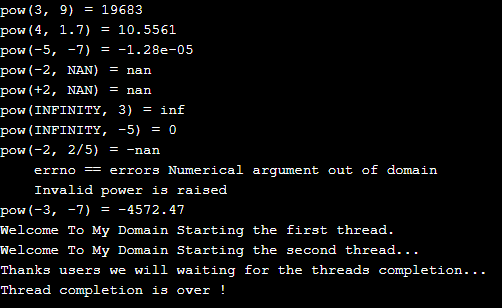


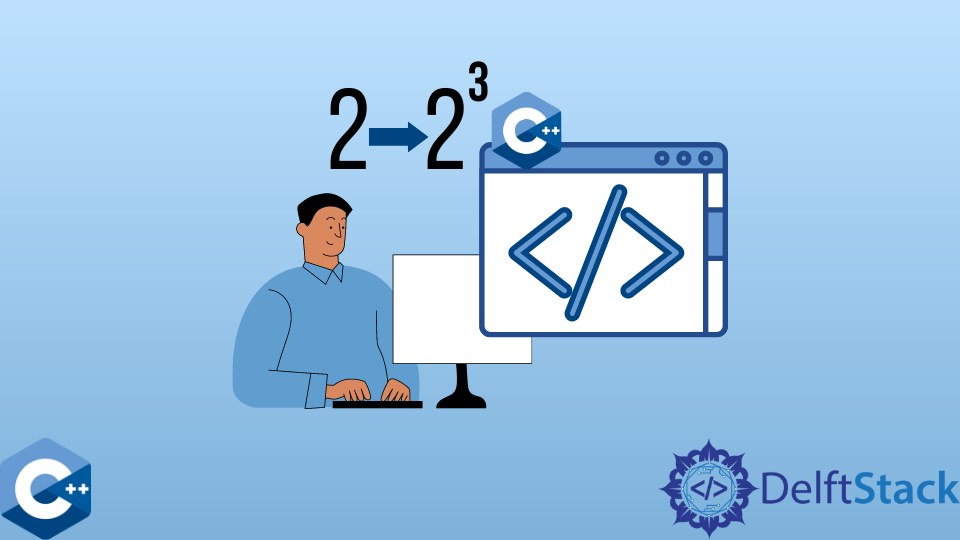
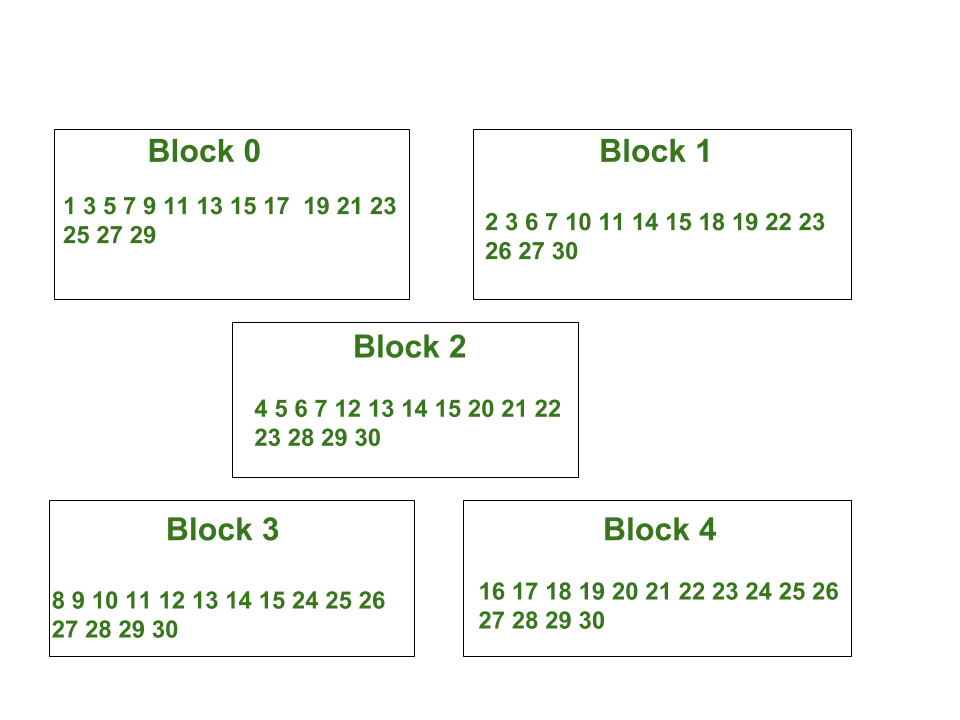
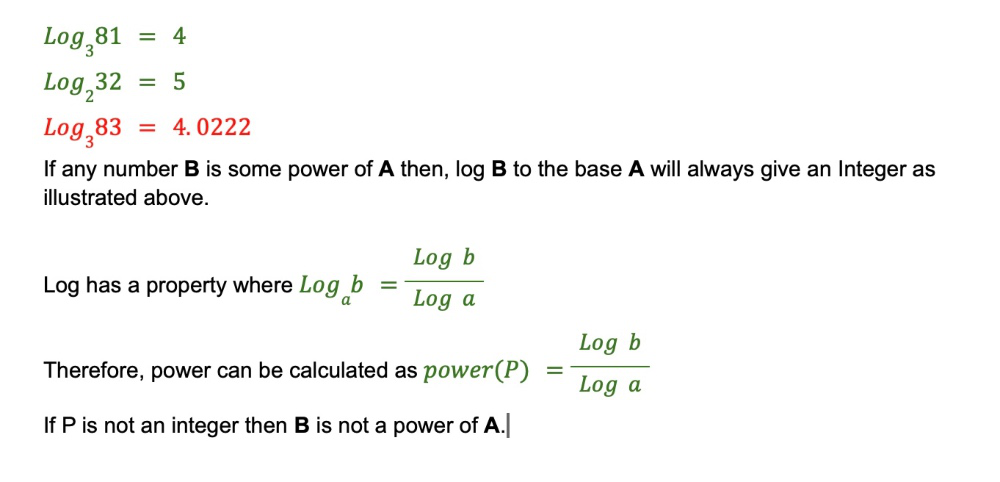





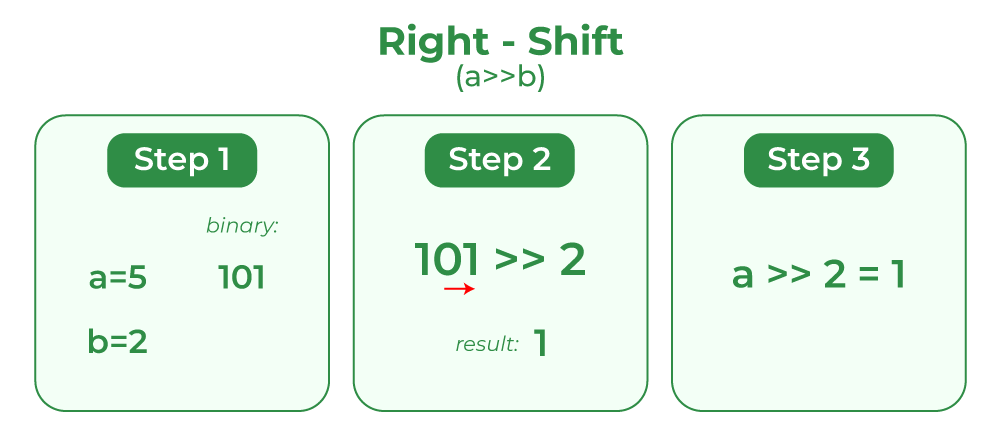
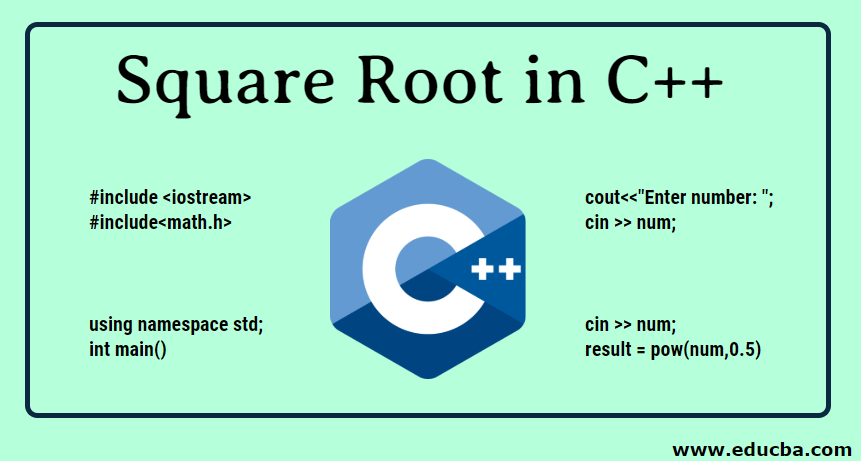



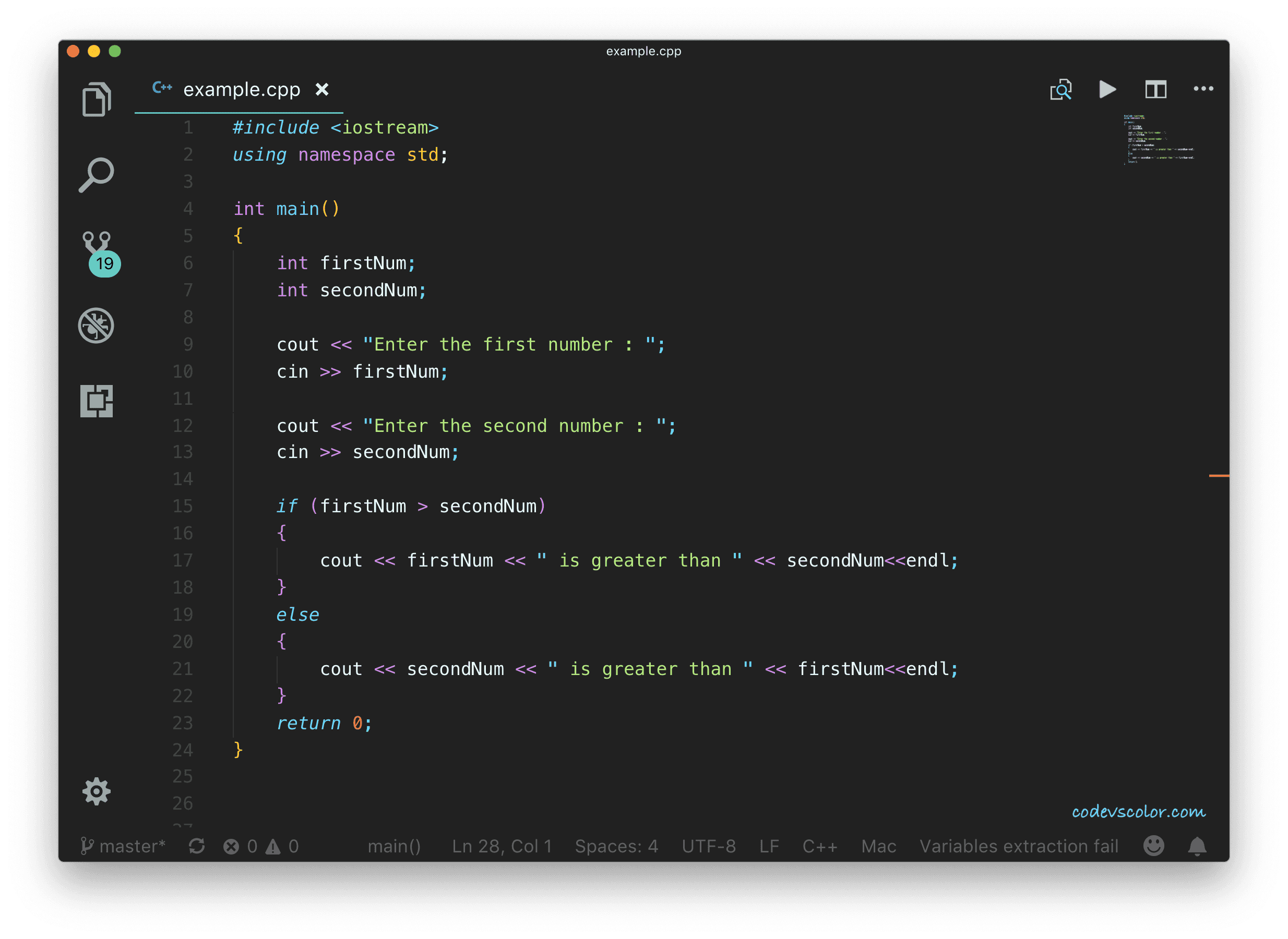

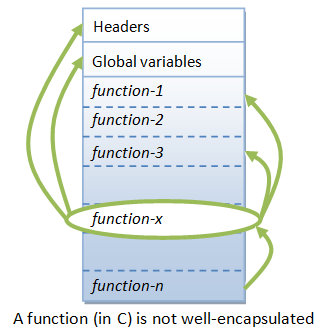
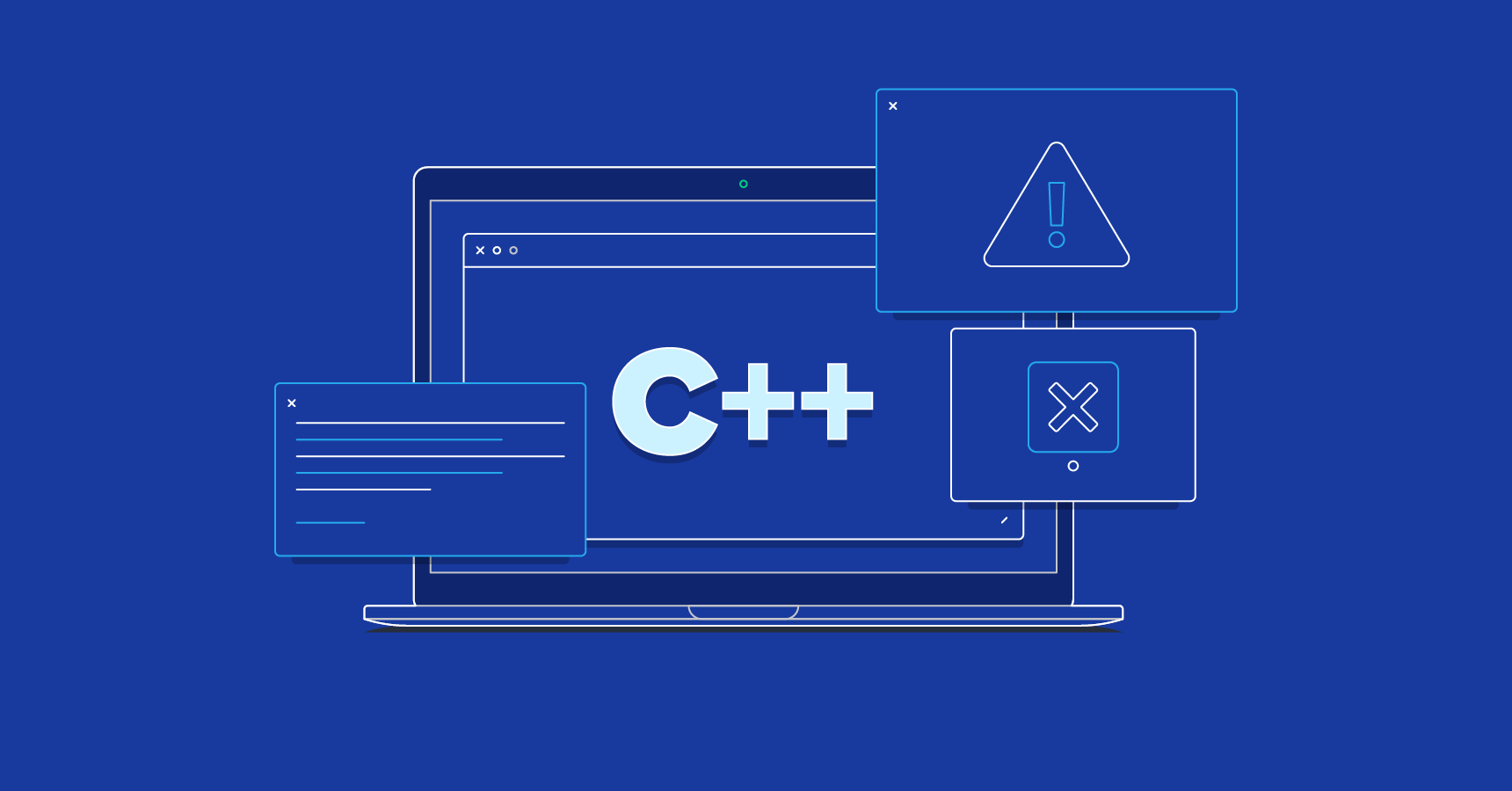
![C++ Double: How Does Double Data Type Work in C++ [Updated] C++ Double: How Does Double Data Type Work In C++ [Updated]](https://www.simplilearn.com/ice9/free_resources_article_thumb/Cpp_Double_5.png)
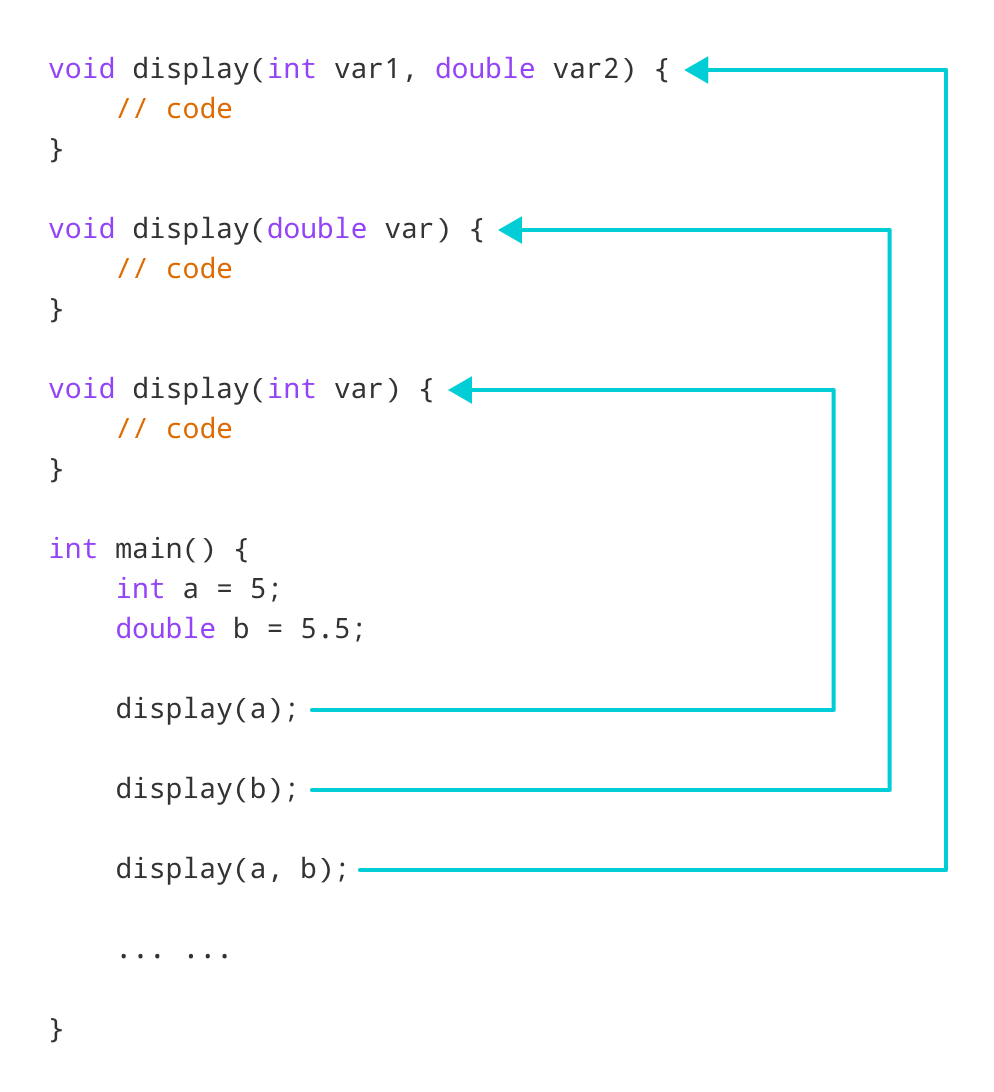

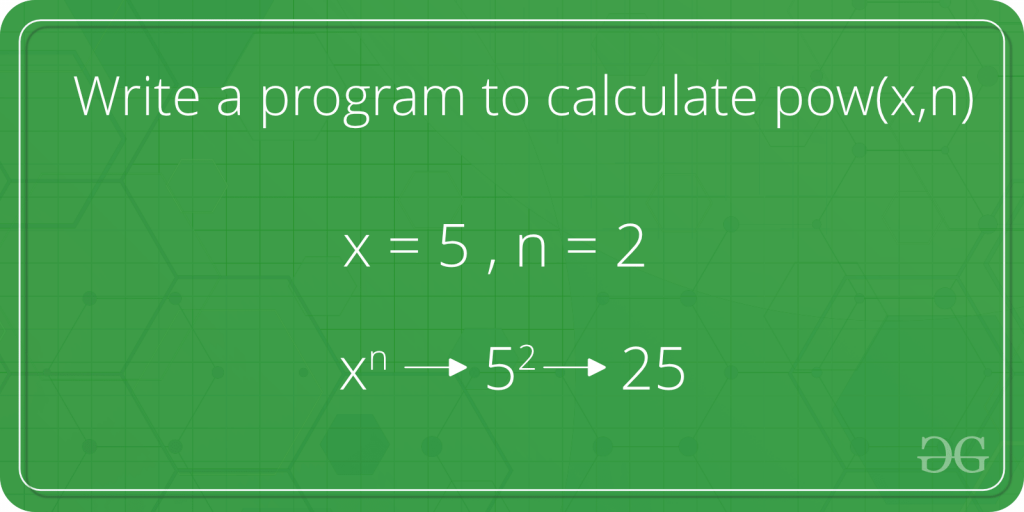
Article link: cpp power of 2.
Learn more about the topic cpp power of 2.
- What is the C++ function to raise a number to a power?
- pow – CPlusPlus.com
- How to check if a number is a power of 2 in C++ – Educative.io
- C++ Tutorial => Check if an integer is a power of 2
- C++ Program to Check For The Power of Two (Source Code)
- C++ Program to find whether a number is the power of two?